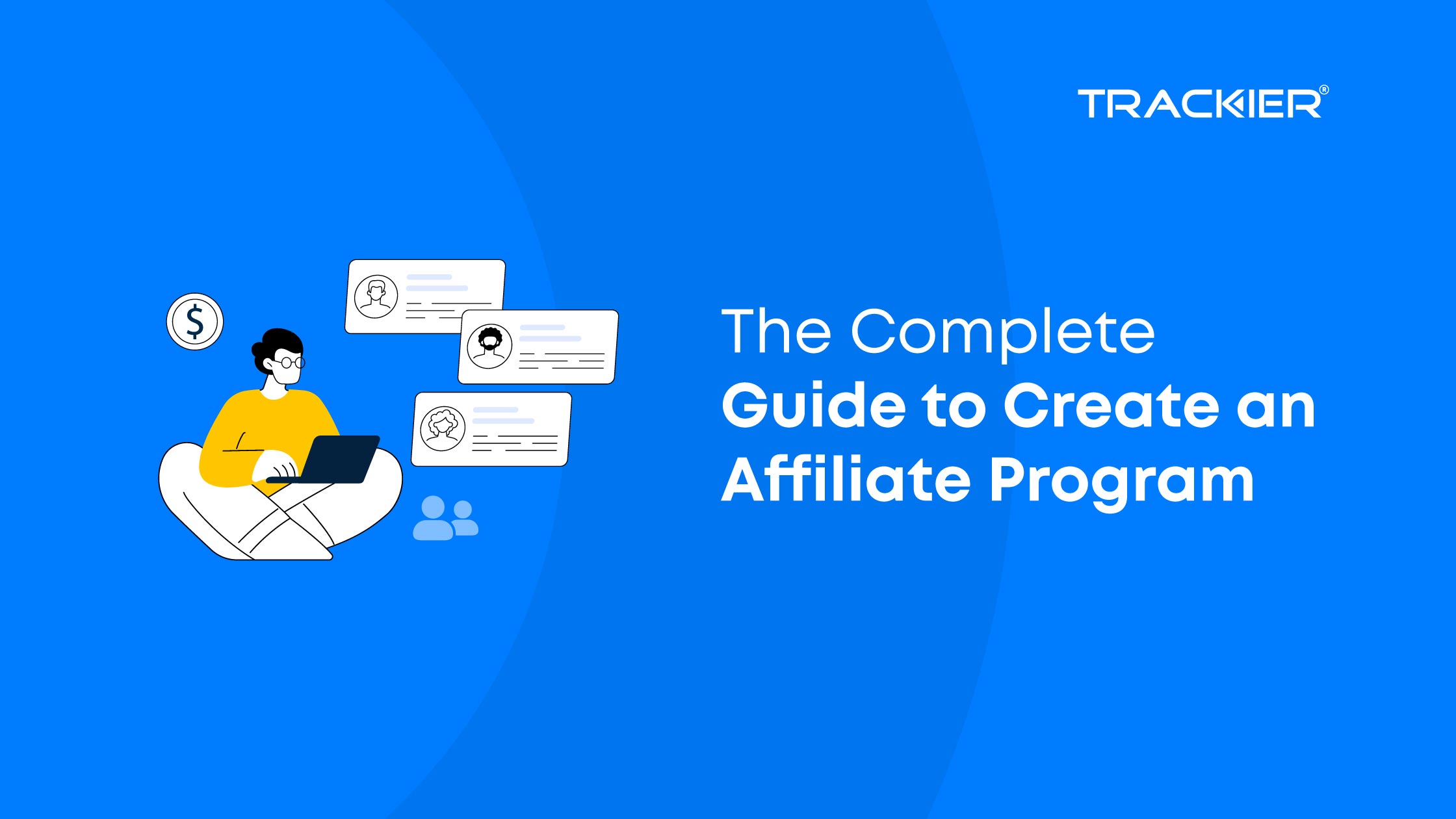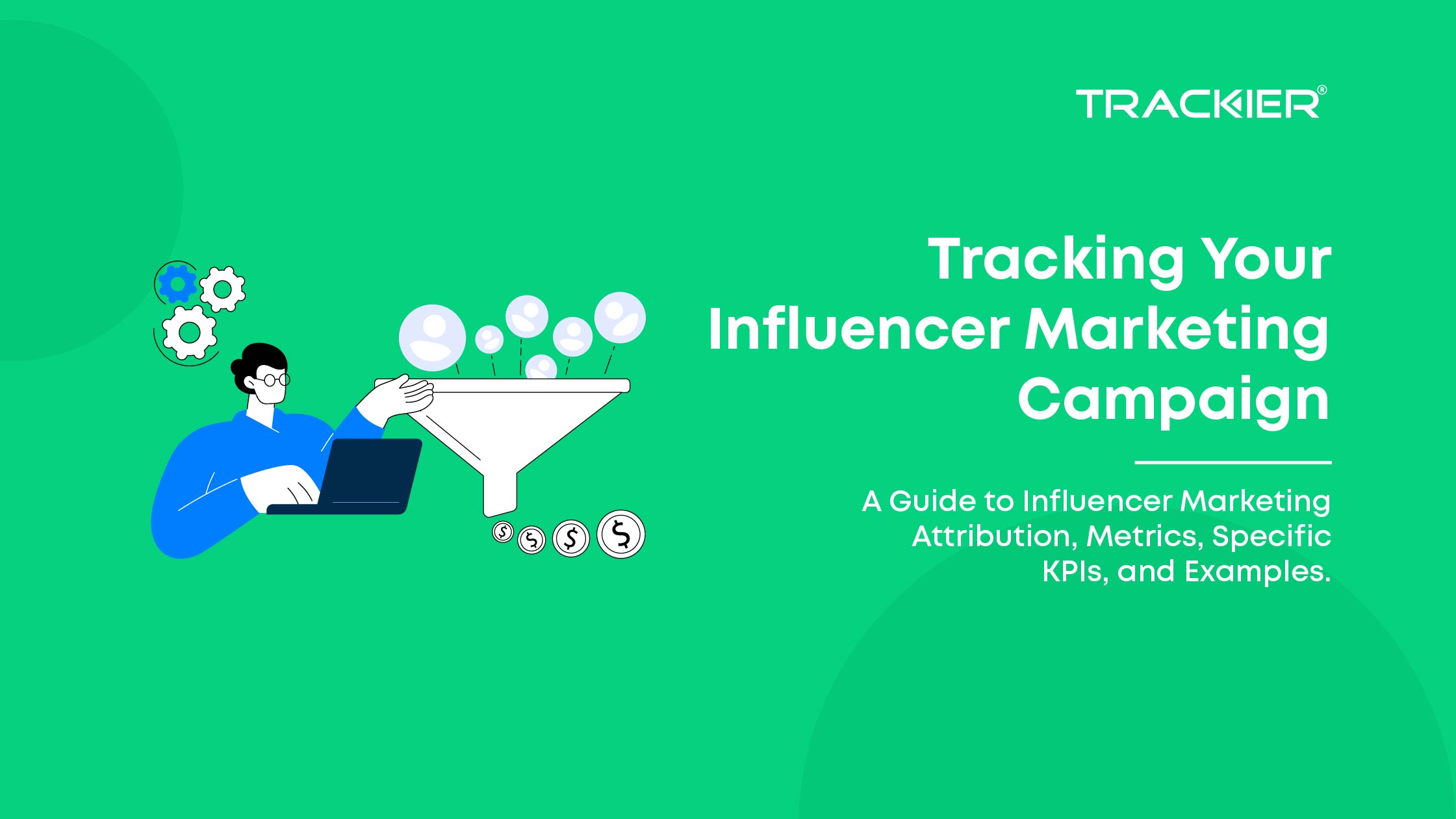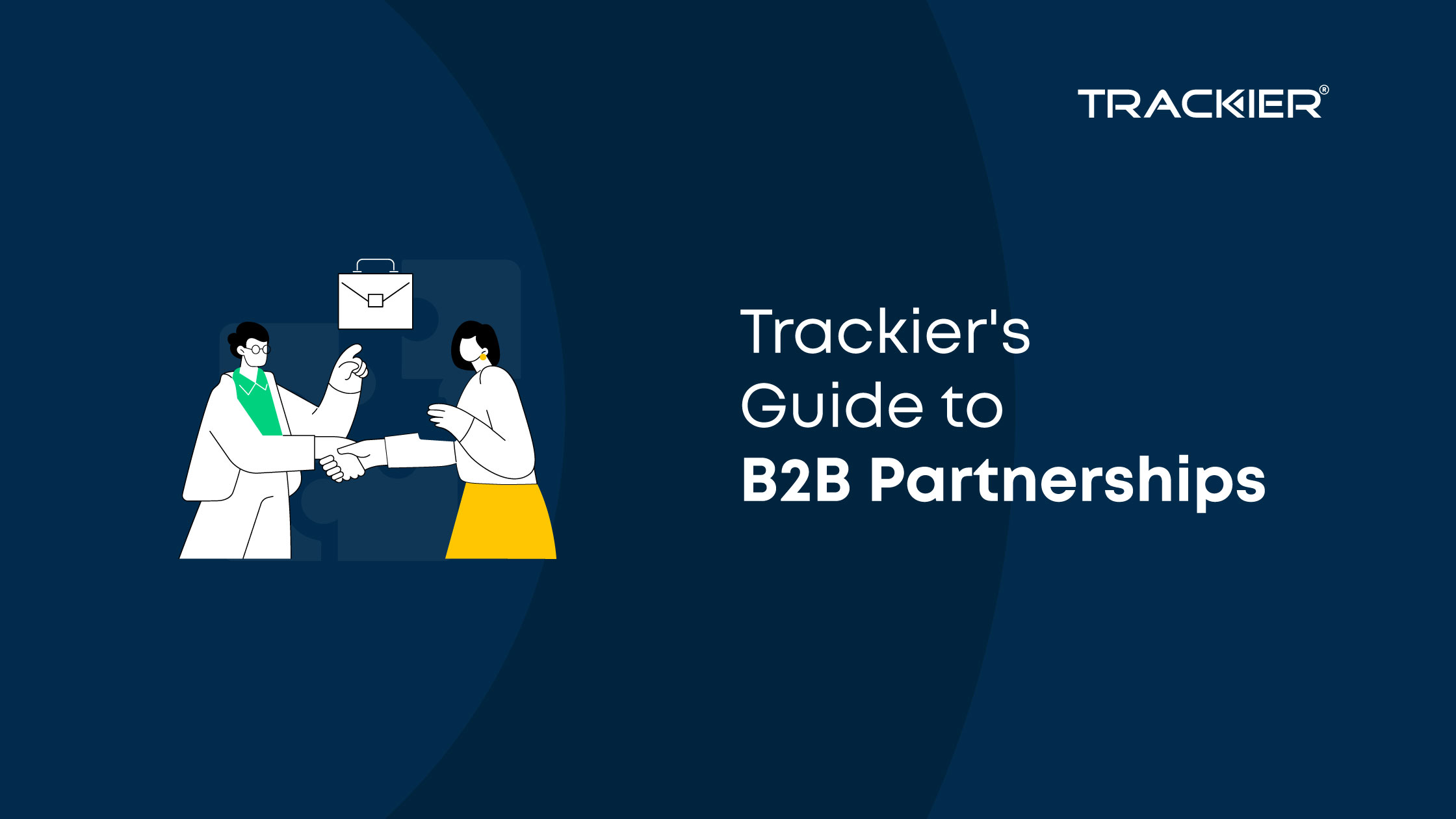Online gaming is one of the fastest-growing industries today. Especially now, with everyone inside–a study from Neilsen found that video-gaming is currently at an all-time high.
As the number of online players & games increases, marketers really have to get creative to stay in front of gaming audiences in today’s competitive market. In this post, we’ll dig into five targeting tactics you can use to up your game for online gaming advertising.
Top strategies for online game advertising
– Contextual category targeting
Contextual ads can be effective for specific kinds of content, like online gaming. While there are two types, contextual category targeting works by serving ads that are relevant to the category or content on a web page. By matching ads to a page’s content, viewers see advertisements they’re more likely to be interested in.
With this strategy, you can bid on ad inventory on specific categories of websites and mobile apps. How a website is categorized is defined by the publisher.
– Native advertising
Native advertising takes a more subtle approach to get users to click through. Native ads are designed to match the look and feel of a publisher’s web page and usually appear in the form of recommended or sponsored content.
The key difference between native and other ad types is that native ads mimic the digital environment they’re placed in and link back to a piece of informational content–think blog posts, whitepapers–while display and banner ads are clearly separate from the surrounding content on a web page.
– Retargeting
Not everyone who visits your website will convert right away. In fact, only two percent of website traffic converts on the first visit.
Retargeting is a long-term strategy that serves as a digital reminder by keeping your ads in front of bounced traffic after they leave your website. It’s been shown that retargeting campaigns typically convert users at a higher rate than first-touch ones.
– Search retargeting
With the rise in search advertising, marketers are looking for more cost-effective ways to get in front of their audience without giving up the benefits of paid search. Enter: search retargeting.
Not to be confused with site retargeting, search retargeting allows you to choose the audience you want to target based on their search behavior, and then serve up display ads on the websites they’re visiting. In effect, you’re getting the precision of search with display’s brand impact in one, single targeting tactic.
– Third-party data targeting
Third-party data is data gathered and aggregated from customers by a company who isn’t directly involved in the transaction. There are a few reasons why a marketer would want to tap into third-party data, such as when you want to scale your audience reach or lack enough third-party data of your own to create an audience for a campaign.
A search for “online gaming” or “online games” in Choozle’s Data Catalog yields many, many results, running the gamut from data segments based on genre, app usage to page visits, and more. For example:
- Dstillery offers a data segment for people who’ve shown a general interest in online gaming. Some of their segments get as specific as online gaming for kids, and users are likely to purchase computer games online.
- Through Acxiom, you can access a data segment made up of online gaming enthusiasts who regularly visit websites that offer free games.
- ShareThis has segments available for users interested in multiplayer games as well as consumers with a recent interest in online games observed from social sharing, searched page visits, and click-backs on shared pages.
- Data Alliance has a segment for users with visits to eligible sites/apps in online gaming categories.
- Zerotap offers a segment for users likely to be interested in casual gaming based on mobile app usage.
You can get a solid user base by inculcating the above mentioned ad strategies in promoting your game in US GAMING Industry.













